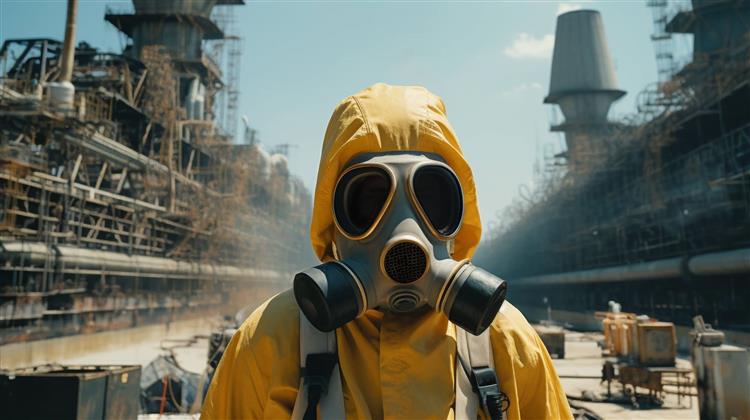
- 05 July 2024
- 1767 Views
Polycarbonate is a versatile and durable plastic widely used in various industries. Its unique properties make it a preferred material for a range of applications, from eyewear lenses and digital discs to automotive parts and construction materials. However, questions often arise about its safety and performance, particularly when exposed to heat. In this article, we delve into the key aspects of polycarbonate, focusing on its heat resistance and potential toxicity when heated.
What is Polycarbonate?
Polycarbonate (PC) is a thermoplastic polymer known for its exceptional strength, transparency, and impact resistance. It is a popular choice in manufacturing due to its ability to withstand significant stress without breaking or cracking. Polycarbonate is commonly used in products that require clarity and durability, such as bulletproof glass, greenhouse panels, and electronic components.
Is Polycarbonate Heat Resistant?
One of the notable characteristics of polycarbonate is its high heat resistance. Polycarbonate can withstand temperatures up to approximately 265°F (129°C) without deformation, making it suitable for applications involving moderate heat exposure. This heat resistance is due to the polymer's stable molecular structure, which maintains integrity under thermal stress.
Is Polycarbonate Toxic When Heated?
A common concern is whether polycarbonate releases toxic substances when heated. The main component of polycarbonate is Bisphenol A (BPA), a chemical that has raised health concerns over the years. When polycarbonate is heated, especially at temperatures above its melting point, there is a potential for BPA to leach out. This has led to widespread scrutiny and debate over the safety of polycarbonate products used in food and beverage containers.
However, it is important to note that the risk of BPA leaching is significantly reduced when polycarbonate is used within recommended temperature limits. Regulatory agencies, including the U.S. Food and Drug Administration (FDA), have set guidelines for safe use. Many manufacturers now produce BPA-free polycarbonate, further mitigating potential health risks.
Is Heated Polycarbonate Dangerous?
The danger associated with heated polycarbonate largely depends on the conditions of use. When used appropriately, polycarbonate is generally safe. Problems may arise if polycarbonate is exposed to temperatures well above its design limits, leading to potential chemical breakdown and release of toxic compounds. In practical terms, for everyday use, such as in eyewear or electronic devices, the risk remains minimal.
Practical Applications and Considerations
Eyewear and Optical Lenses: Polycarbonate is preferred for eyewear due to its lightweight and shatter-resistant properties. It can endure everyday heat exposure from sunlight without compromising safety.
Automotive and Construction: In these industries, polycarbonate is used for its durability and thermal stability. Its ability to maintain structural integrity under various environmental conditions makes it ideal for car interiors and building materials.
Electronic Devices: Polycarbonate's heat resistance ensures that electronic components encased in polycarbonate housings remain protected from heat generated during operation.
in Conclusion:Polycarbonate is a highly valuable material with excellent heat resistance and durability. While concerns about its toxicity when heated have been raised, understanding the safe usage guidelines can mitigate these risks. For most applications, polycarbonate remains a safe and efficient choice, provided it is not subjected to excessive heat. As always, opting for BPA-free polycarbonate products can offer additional peace of mind.
By addressing these aspects, consumers and manufacturers can make informed decisions about using polycarbonate in various applications, balancing its benefits against potential risks.
